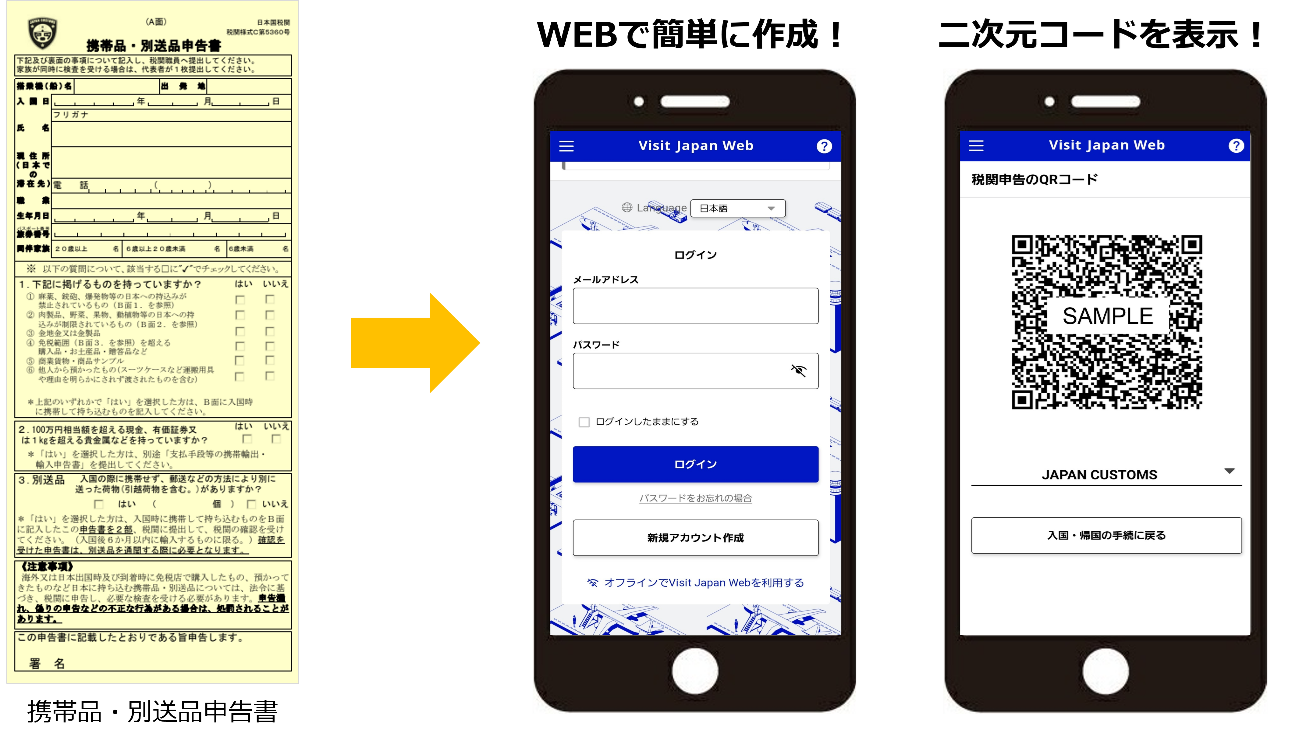Visa and Immigration Information

How to enjoy sightseeing in Japan?
When visiting Japan for tourism purposes, citizens of many countries need a "Short-term Stay Visa (Tourist Visa)." However, depending on the country or region, visa exemption (visa-free travel) may be possible. First, check whether your country is eligible for visa exemption.
Visa-exempt countries and regions (short-term stay)
The Japanese government has "visa exemption agreements" with certain countries and regions, and passport holders from these countries/regions can stay for a short period (usually within 90 days) without a visa for tourism purposes.
Currently, passport holders from over 70 countries and regions can enter Japan without a visa for short-term stays such as tourism (within 90 days).
Major visa-exempt countries (examples)
- United States
- Canada
- Australia
- EU countries (France, Germany, UK, etc.)
- South Korea
- Taiwan
- Hong Kong
Please check the latest visa-exempt country list on the official website of the Japanese Ministry of Foreign Affairs.
Visa-exempt countries and regions list
Main features of tourist visas
- Length of stay:
Usually within 90 days - Purpose:
Tourism, visiting relatives, visiting friends, short business trips, etc. - No work allowed:
Part-time jobs or paid work are not permitted with a tourist visa - Single visa and multiple visa:
Multiple-entry visas may be available under certain conditions - Immigration inspection:
Passport and return flight ticket must be presented upon entry
For those who need to apply for a visa
Passport holders from countries/regions not eligible for visa exemption need to obtain a visa in advance, even for tourism purposes.
Visa application procedure (for tourism purposes)
Step 1Prepare required documents
The following are the basic documents required for short-term stay visa application for tourism purposes:| Document | Content |
|---|---|
| Passport | Valid passport (pay attention to remaining validity period) |
| Visa application form | Form designated by Japanese embassy or Ministry of Foreign Affairs |
| Photo | 4.5cm × 4.5cm (white background, within 6 months) |
| Flight reservation confirmation | Round-trip flight information |
| Accommodation information | Hotel reservation or address of place to visit |
| Stay schedule (itinerary) | Daily schedule in Japan |
| Financial documents | Bank balance certificate, income certificate, etc. |
| If necessary: Invitation letter, guarantor certificate | Required only for visiting relatives/friends |
Additional documents may be required depending on the country/region. Please check with the nearest Japanese embassy or consulate.
Step 2Confirm application location and submit
- Submission location:
Japanese embassy/consulate in your country of residence, or authorized proxy application agency - Personal application or proxy application:
Proxy application through travel agencies may be possible in some countries - Recommended application timing:
It's safe to start applying 1-2 months before your planned departure date.
Step 3Wait for review
Review is usually completed within 5-7 business days.During busy periods or when additional document verification is required, it may take 2 weeks or more.
Step 4Receive results and passport return
When a visa is issued, a visa sticker is affixed to your passport and returned.Please note that this visa becomes invalid if you don't enter Japan within 3 months from the date of issue.
False information can cause entry denial.
Even if a visa is issued, entry is not guaranteed at Japanese immigration inspection.
Upon entry, you may be asked to present your passport, visa, and return flight ticket.
5 tips for smooth tourist visa application
- Prepare required documents early (especially financial certificates and itinerary)
Documents that take time to obtain, such as bank balance certificates and stay schedules, should be prepared early. - Write your itinerary specifically and realistically
Properly writing your sightseeing route, accommodation, and transportation methods increases the credibility of your application. - Prepare "reservation confirmations" for flights and hotels, and make sure dates match
Consistency between documents is a key point in the review. - Prove you have sufficient funds for stay expenses
Having a balance of about 10,000-15,000 yen per day is reassuring. Regular savings account certificates are more effective than time deposits. - Organize past visa application history and entry records if available
Travel records to other countries (especially G7 countries) tend to increase credibility.
For the latest visa information, please check the official website of the Japanese Ministry of Foreign Affairs.
Ministry of Foreign Affairs: Short-term Stay Visa Guide (Japanese)Ministry of Foreign Affairs: Visa Guide (English)
What documents are required for entry?
When you arrive in Japan, what documents will be needed at airport immigration inspection?
We'll introduce the documents and information you should prepare in advance for smooth entry in an easy-to-understand way.
Visa-exempt nationals generally don't need one (with stay duration limits).
| Item | Content | Notes |
|---|---|---|
| Flight ticket (round-trip) | Return or third-country flight reservation | To show intention to return |
| Accommodation information | Hotel reservation confirmation, address, contact information | May be asked to confirm place of stay |
| Stay schedule | Travel schedule and list of places to visit | Supports tourism purpose |
| Financial proof | Credit cards, cash, or bank balance certificates, etc. | To confirm ability to pay living expenses during stay (rarely requested) |
| Contact information | Emergency contact in Japan (friends, family, travel agency, etc.) | Not mandatory but helps increase credibility |
The entry card is a document that foreigners entering Japan submit during immigration inspection, containing stay purpose, place of stay, passport information, etc.
The customs declaration form is a document for declaring items and cash brought into Japan from overseas to customs.
Using Visit Japan Web (online procedures) allows advance registration of entry cards and customs declaration forms.
No need to fill out paper "Customs Declaration Forms" or "Entry Cards (for foreigners)" at the airport - just show the pre-registered QR code to complete procedures.
Visit Japan Web

https://www.customs.go.jp/kaigairyoko/shinkokusho.htm
